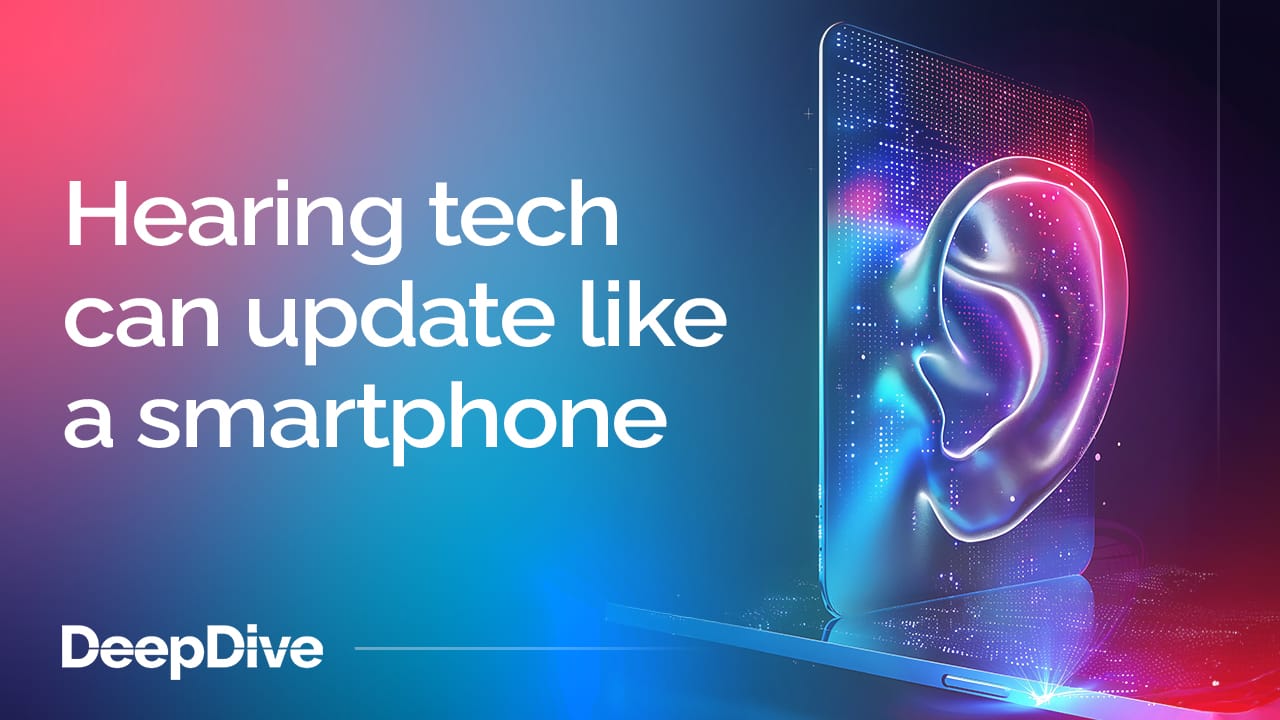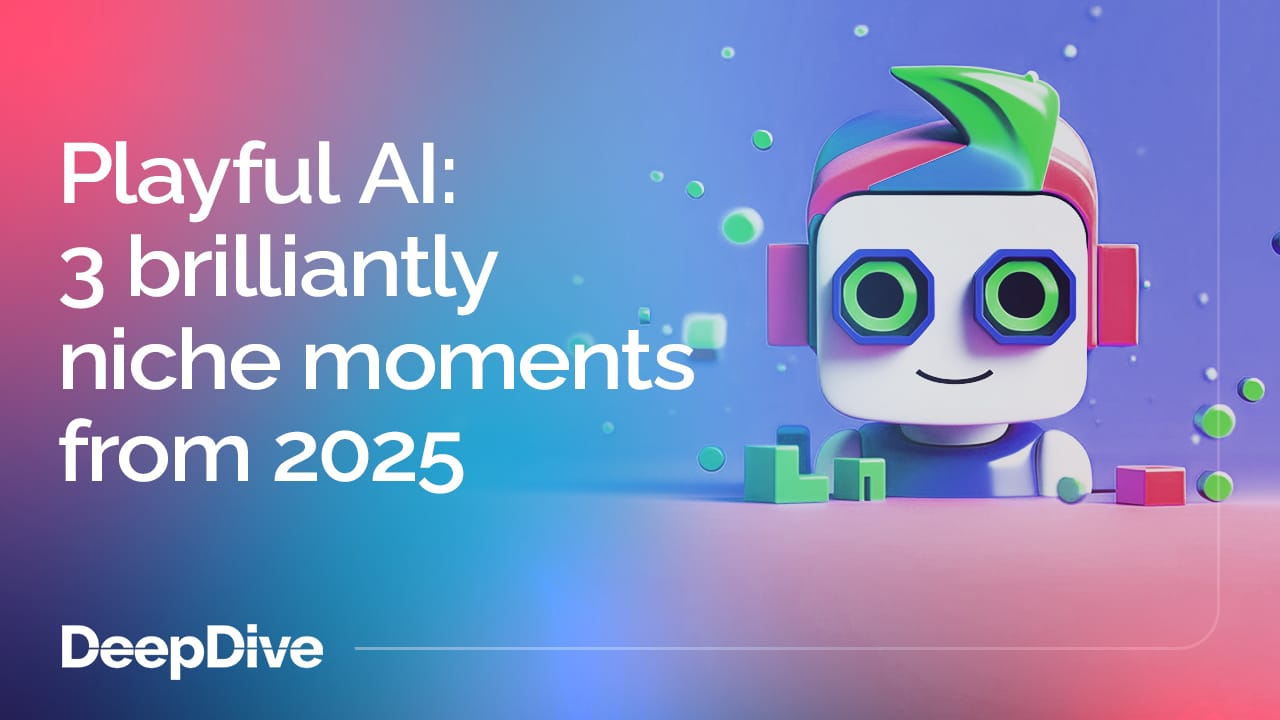

AI in the wild

Welcome to the 10 new deep divers who joined us since last week.
If you haven’t already, subscribe and join our community in receiving weekly AI insights, updates and interviews with industry experts straight to your feed.
DeepDive
It’s always good to step outside of the AI echo chamber and look at what people who aren’t immersed in the sector are really using the tech for.
GenAI has now firmly entered the workplace. People in all kinds of roles are quietly using it to rewire how they work.
Last year, Anil Cheriyan (Board Member, Centre for Astrophysics Harvard & Smithsonian; Digital AI Leader) told us:
“GenAI has taken off in 2024. I know in most of 2023 we were debating whether it was all just hype or if it’s reality. In a recent panel discussion with some senior technology leaders that I moderated, I asked the question on hype versus reality, and real examples of scalable business value – and I was surprised by how many real examples were quoted.”
And in 2025, those real examples are increasing significantly. Here are five real stories of how AI is helping professionals work faster and smarter; and sometimes even more creatively than ever before.
1. Bankers are onboarding AI colleagues
At BNY Mellon, one of the oldest banks in the US, AI agents have been given their own employee IDs and now perform critical internal tasks like running code security checks or validating payments. As reported by the Wall Street Journal, they work alongside people – interacting over internal systems like Microsoft Teams, much like human colleagues would.
Humans can focus on oversight and strategic thinking, while AI handles repetitive, high-volume chores.
2. Doctors are using AI to bring back eye contact
Dr Alexander Calvey (General Practitioner) in the UK told The Guardian that generative AI is helping him spend more time with patients and less time on paperwork. By automating patient documentation with tools like ambient voice transcription and summarisation, he can now see more patients each day – without burning out.
It’s a great example of GenAI improving both the clinician’s experience and the quality of care.
3. Software engineers are searching codebases like never before
Instead of trawling through thousands of lines of legacy code, developers are now using tools like Blackbox AI to instantly search codebases, understand functions, and even generate documentation.
This means new engineers onboard faster, technical debt becomes easier to manage, and everyone spends more time building than digging.
4. Coffee roasters are blending beans with algorithms
You read that right – AI is helping with coffee production.
Kaffa Roastery in Helsinki worked with a consultancy to train an AI model using customer feedback and flavour profile data. The AI then generated a new blend, called AI-conic, which included beans from Brazil, Colombia, Ethiopia and Guatemala.
The roasters told AP News the AI’s suggested blend “was spot on,” and didn’t need human adjustment. That’s not just automation; it’s co-creation.
5. Agencies are using AI to shorten the work week
In an essay for Business Insider, the CEO of RocketAir, a remote design and strategy agency, described how his company switched to a four-day work week. And they did it by integrating AI into everything from meeting notes to content prototyping.
Tools including Otter.ai, ChatGPT and Notion helped them remove inefficiencies that usually bog down creative workflows.
These tools make them sharper as well as faster. And this shift has given employees back a whole day each week.
What’s next for AI at work?
These examples show that AI really is being adopted across the workforce. Not every use case will work first time though. Cheriyan gave this advice to organisations that want to prepare themselves for leveraging AI in the future:
“The one thing I would say is focus on starting small, and iterate and build value. Don’t get stuck on meaningless POCs that will never be scalable, overly ambitious scenarios that AI is just not ready for, or where you just don’t have the data available.”
Our future with AI is bright, bold, and productive. But it’ll take time to explore the potential of AI tech across a vast array of job roles; and we don’t need to rush it.





